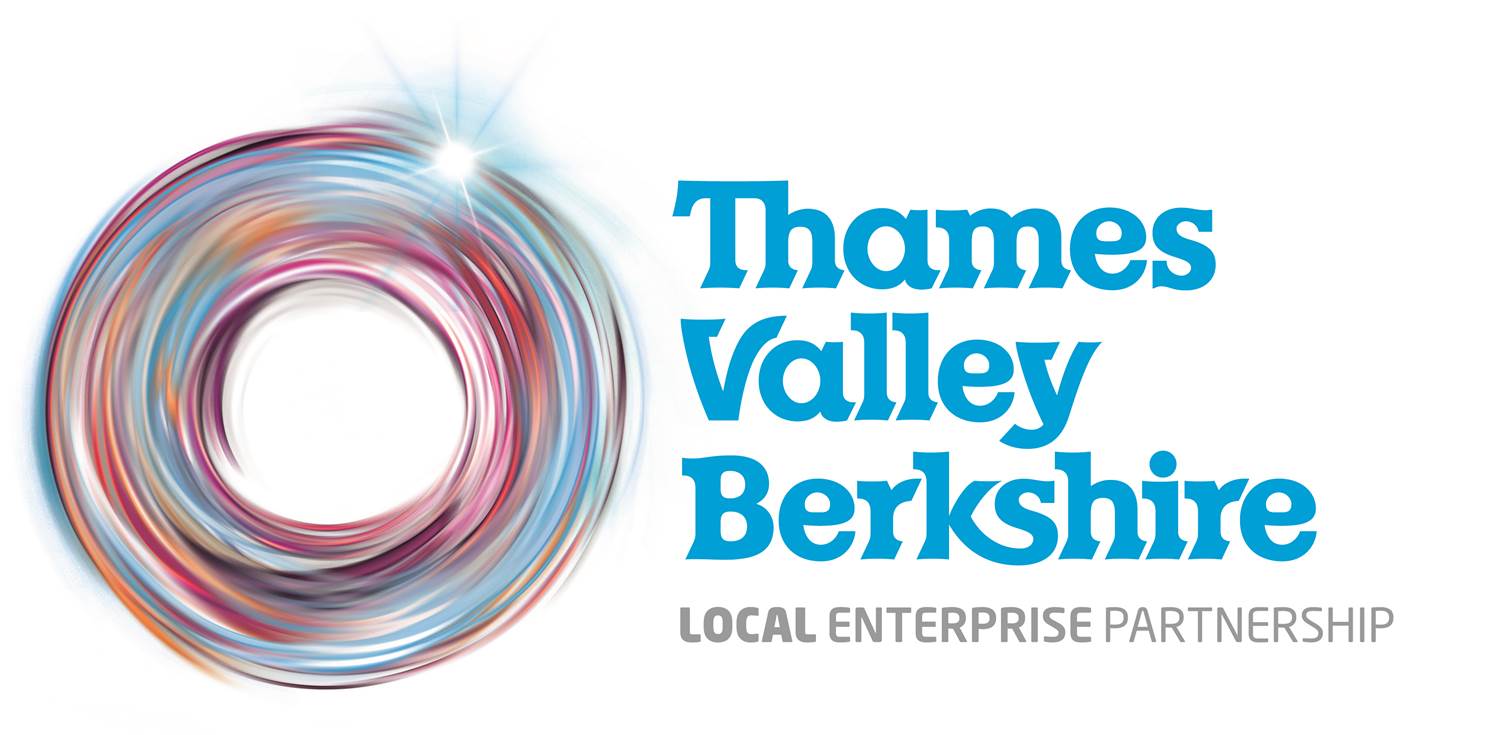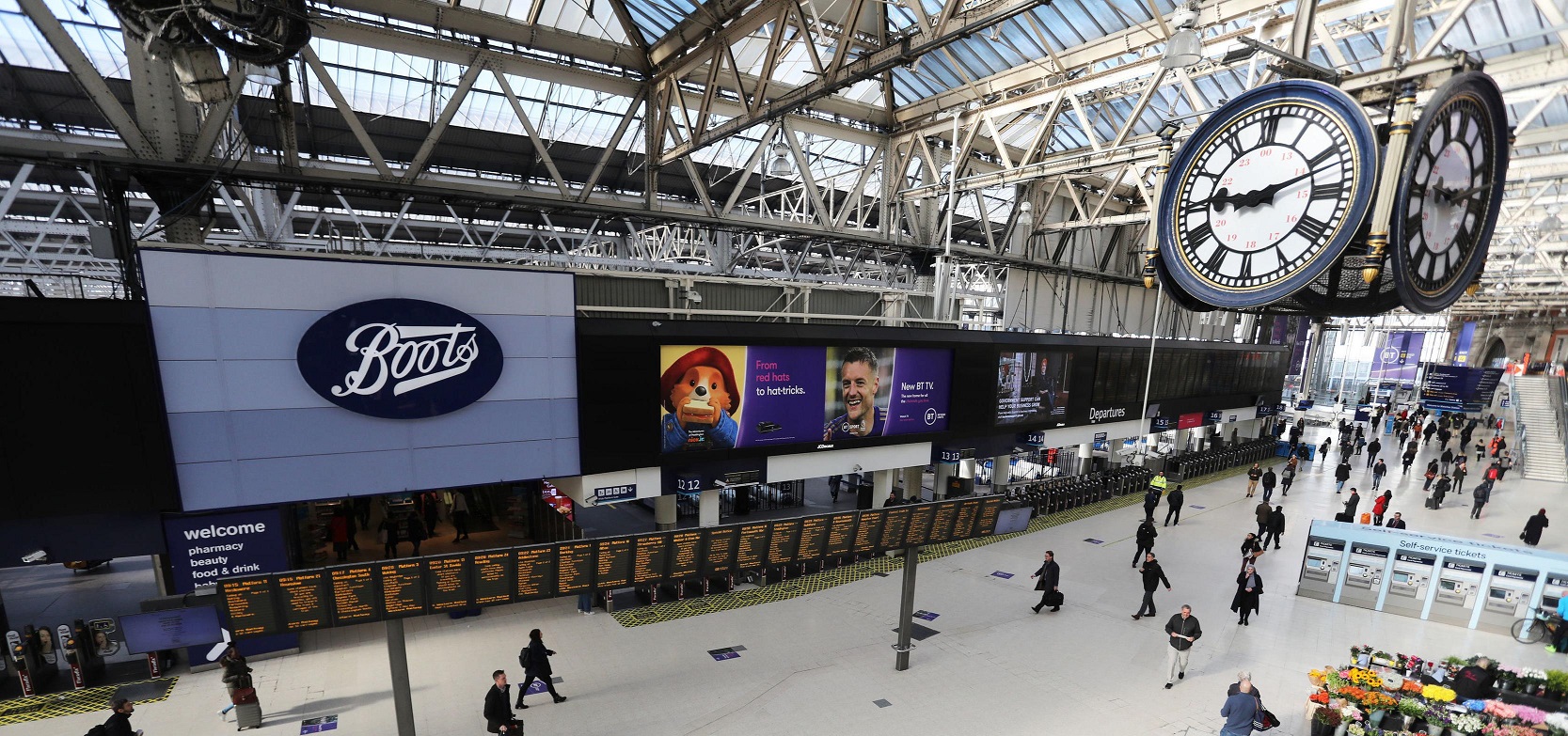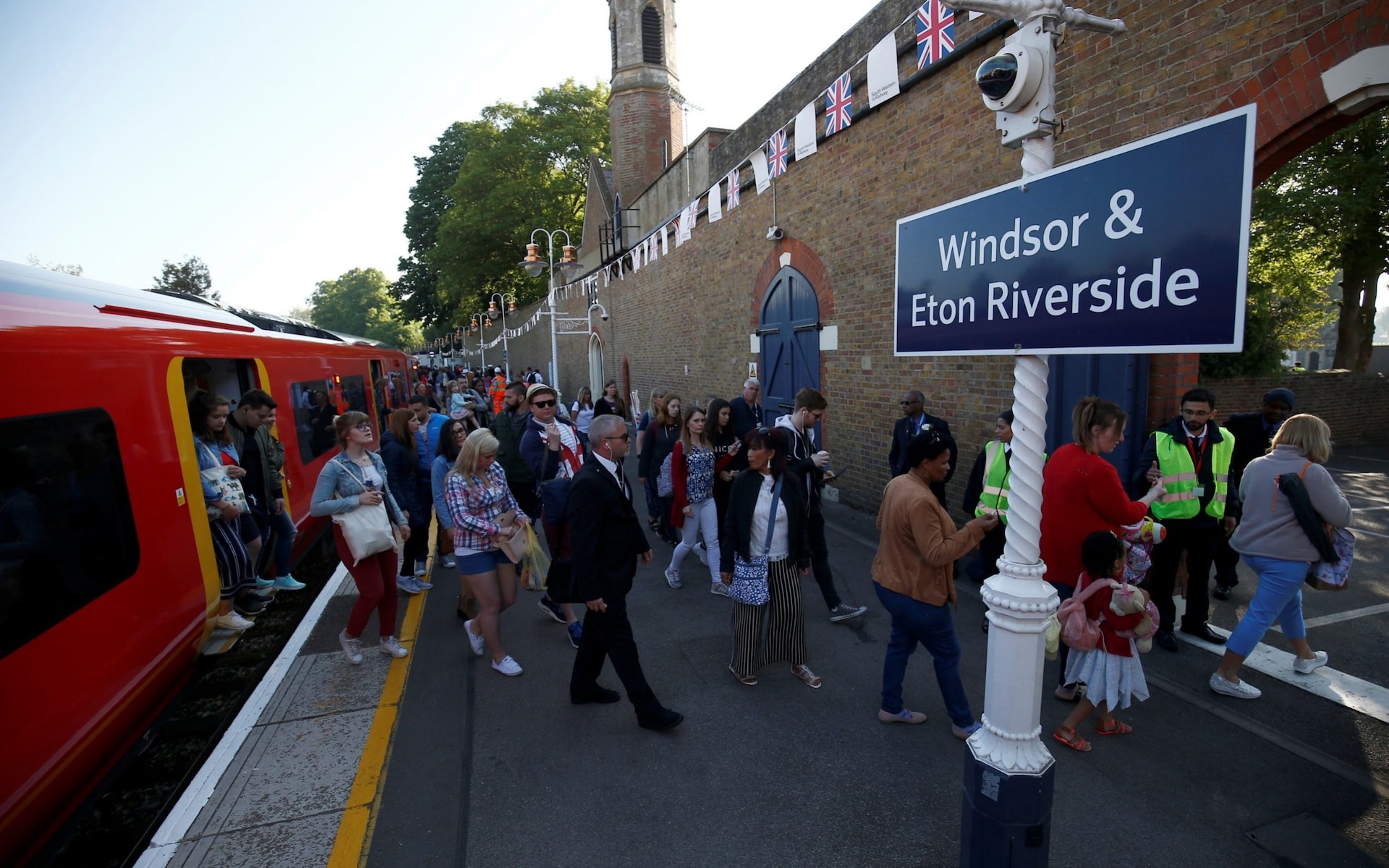The Thames Valley Local Economic Partnership (LEP) has commissioned Atkins to do work on improving links between Slough and Windsor.
The four options to be considered are as follows:
- Upgrading the link to allow more frequent trains (5 per hour) and an additional stop at Chalvey
- Downgrade to a tram
- Downgrade to a guided bus
- Option 1 plus linking the two Windsor stations, the Windsor Link Railway
Without wishing to pre-empt Atkins’s work, which will of course be more formal, it is possible to draw some initial conclusions quite easily.
The tram option can probably be discounted. This mode of transport has already been rejected by Slough for their SMART project, which looked at improving transport on the A4 corridor. This means that using trams just for this route would have prohibitive stabling costs for the trains. The usually cited reasons for trams over railways is cost but where there is already a railway track bed, down-converting it to a tram would likely be little cheaper – and possibly more expensive – than providing an equivalent service with standard trains. It would also make it even more difficult to restore direct links from Paddington to Windsor, as many Windsor residents want. The real value of a tram for visitors would be if it could be extended in the future to, say, Legoland. This, however, comes up against the same constraints that they faced in Slough, lack of flexibility and losing road space. Additionally, in Windsor and the Great Park, there would be insurmountable conservation issues with the overhead cables. Worse of all, for little or no gain, the maintenance cost would be transferred from Network Rail to the local authorities, meaning the tracks, trains and the whole liability of the viaduct and the Grade II* listed bridge (possibly £100s of millions) would be on local taxpayers rather than the national government.
Slough chose to invest in bus services for SMART. Guided buses as proposed here, however, are surprisingly expensive, especially to maintain, as Cambridge discovered. Similar issues identified for trams above would also apply to buses and again be little cheaper if at all. There is also the perception issue of downgrading Windsor’s train service which would probably make this option undeliverable politically.
This leaves the heavy rail options, 1 and 4, which would also appear to be the emerging view of Slough Borough Council. A cabinet paper from March this year, introduced by Councillor Sohail Munawar, said:
This scheme began as a proposed conversion of the Slough to Windsor branch rail line from heavy to light rail including a new halt stop to serve Chalvey. It has since evolved, in part following discussions with First Group, to a proposed “Chalvey halt station” on the Slough to Windsor branch line, served by two 5-car trains, running on conventional heavy rail.
The additional stop at Chalvey implies a longer journey time from Windsor to Slough – probably about 8 minutes, versus 6 today. This could be outweighed by the more frequent service, when average waiting times are taken into account, giving marginally quicker average journey times between Slough and Windsor, from 16 minutes today to 14. A risk of improving the service to Slough only, however, is that it increases the threat of closure or further downgrades to the Riverside station services, due to passenger steal. This also decreases the net gain, especially to Windsor.
A 5 trains per hour service between Slough and Windsor would suffer from the same mismatch with services on the main line that we suffer from today (because the main line operates an even number of services per hour). That is, the current 3 trains per hour from Windsor are often effectively only 2 per hour, because there is no connecting service at Slough, so the 5 trains per hour proposed would in practice be only 4. There would also be similarly varying journey times.
As an enhancement of Slough’s ideas, WLR proposes a more even and balanced service, taking advantage of the new station and the through tunnel, offering 6 or even 8 trains per hour between Slough and Windsor. 4 of these could continue to Staines, stopping at a new bay platform there, and a further 4 going onto Waterloo (using the 2 existing slots plus 2 more to be available once the international terminal conversion is complete). This would enable a ‘turn up and go’ service at the principle stations (which makes a park-n-ride more attractive), more consistent journey times as well as a mix of fast and stopping trains to London. These is much further work to do on this, however.
Options 1 and 4 combined are essentially what WLR has been proposing from the outset. Together with the options emerging in both RBWM’s Borough Local Plan and the Windsor 2030 Neighbourhood Plan, it is good that the views and aspirations of Slough Borough Council and WLR appear to be aligning,





